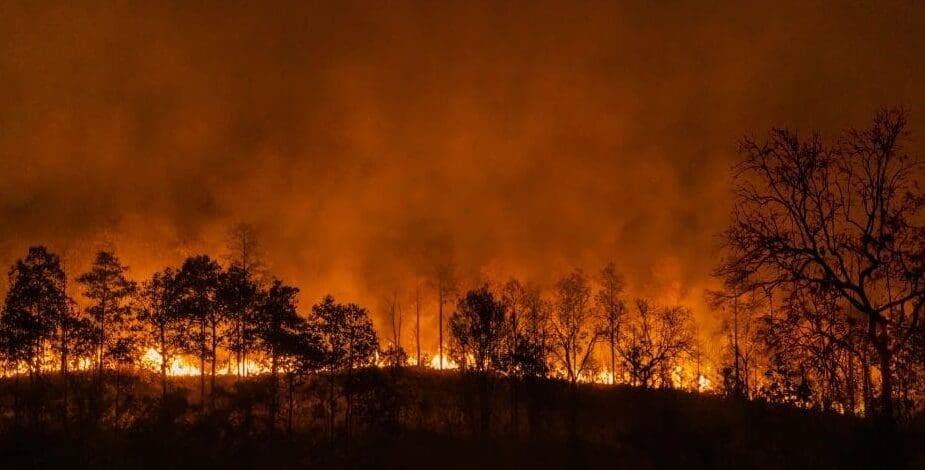By Trish Svoboda
Kansas, Oklahoma, and Texas could face more days with extreme wildfire risk due to a changing climate, as indicated by a recent study. The research also implies that residents in these states should be prepared for heightened wildfire danger during unexpected times of the year, including winter.
The study, led by Guo Yu, assistant research professor at the Desert Research Institute, and his colleagues, examined the primary North American indices used by firefighting agencies to monitor wildfire-prone weather conditions. These indicators, more sophisticated than traditional fire danger levels, consider factors like wind speed, humidity, and temperature. By integrating these with climate change models, the researchers projected future wildfire risks.
According to the analysis, regions including Kansas, Oklahoma, and Texas may experience an additional 30 days per year with an extreme risk of wildfires by the end of this century. Currently, the region has about six such days annually. The elevated risk will be distributed throughout the year, including an increase in these conditions during the winter months.













